 Posted Apr 8, 2021, 5:42 AM
Posted Apr 8, 2021, 5:42 AM
|
 |
Hong Kong
|
|
Join Date: Jan 2002
Posts: 8,696
|
|
|
A Bird's Eye View Above Hong Kong
With COVID keeping borders shut and putting our travel plans on indefinite hold, I turned to exploring my home, something I couldn't always do during normal times when I'm regularly flying around the region. Drones have gotten a lot more affordable these days and with such a diverse array of urban and natural landscapes around the city, I returned to the districts I used to see on foot for a new perspective.
1. Admiralty district's 5-star hotels have been popular with locals taking advantage of cheap staycation deals, many of which include generous meal credits and harbour-view room upgrades. USD$250 would already score a very decent package.

2. Winter skies have gotten progressively clearer in recent years as factories in the Pearl River Delta move to cheaper locales further away.
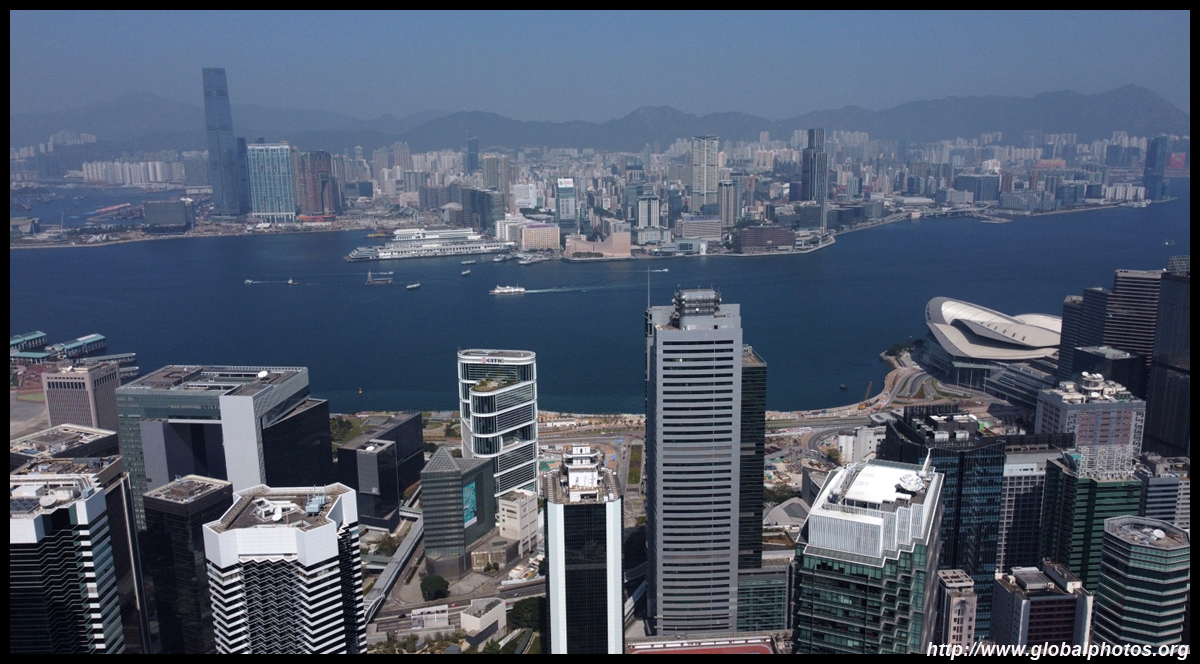
3. Wanchai is an older residential area that has seen some redevelopments into luxury housing. Nevertheless, there are still many unique small restaurants along its side streets. An added bonus is its close proximity to Central, which is walkable during the cooler months.
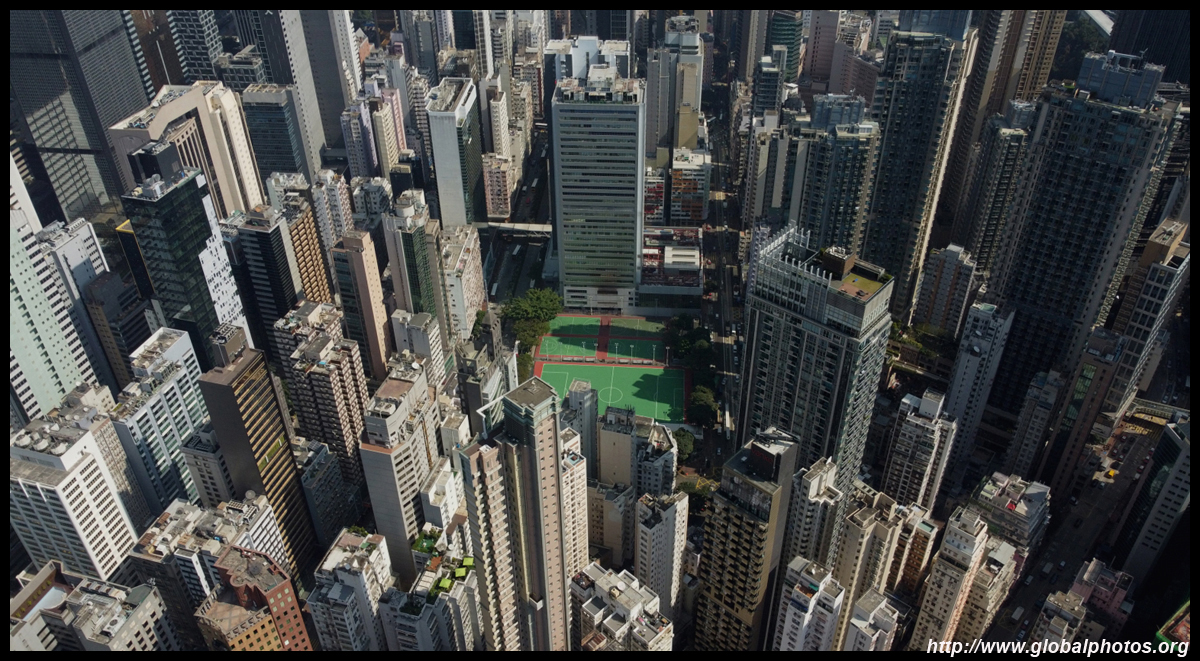
4. The cigarette-looking Hopewell Centre was the city's tallest building at 64 storeys when it opened in 1980, and it was able to hold onto that title until 1989 when the Bank of China Tower was completed. To maintain good feng shui, the cigarette had to be extinguished to prevent a fire, so a pool was added to the top.
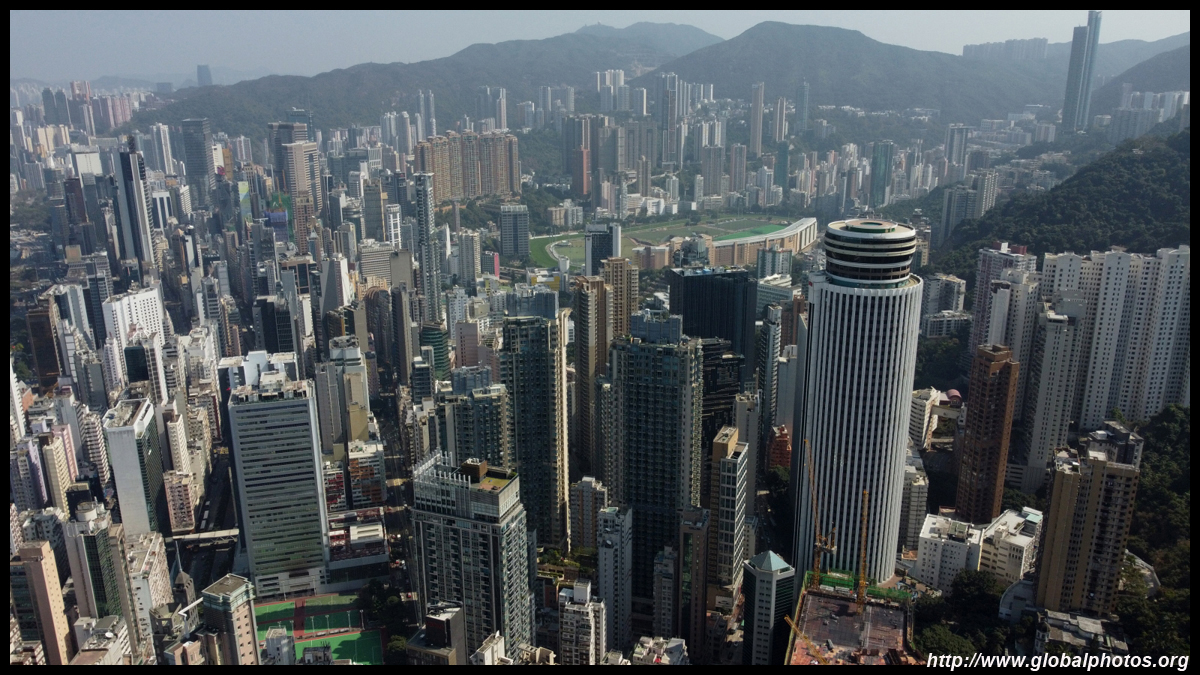
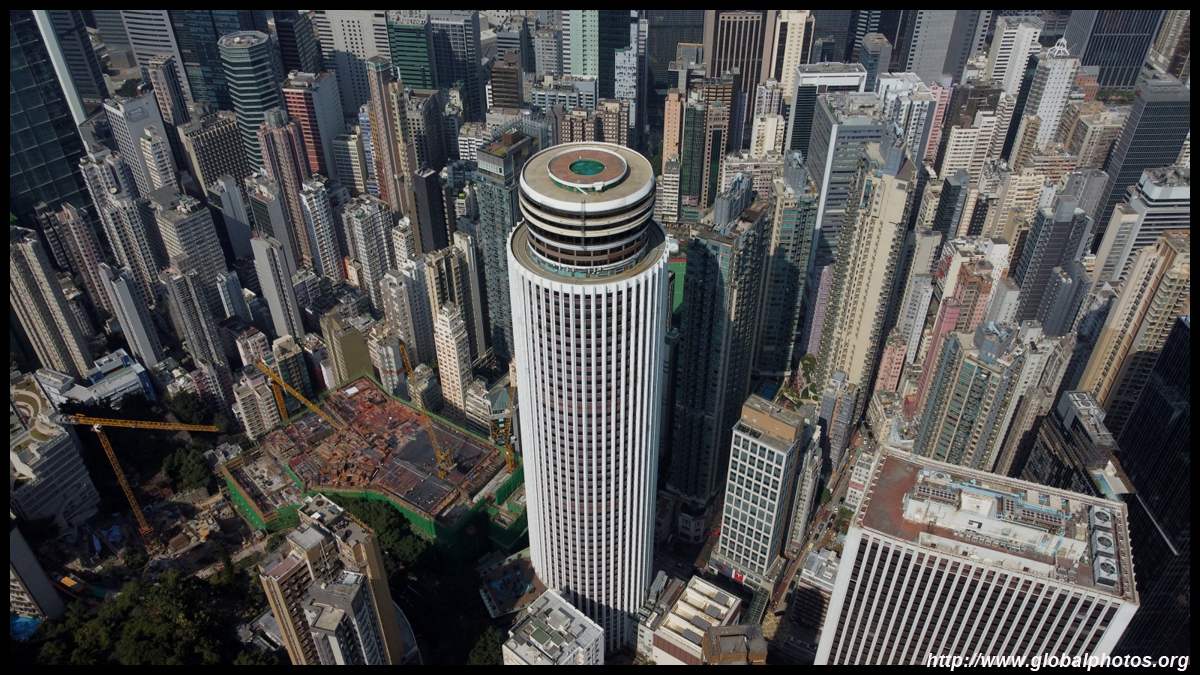
6. Central Plaza was once the city's tallest building at 374m until Two IFC was completed in 2003.
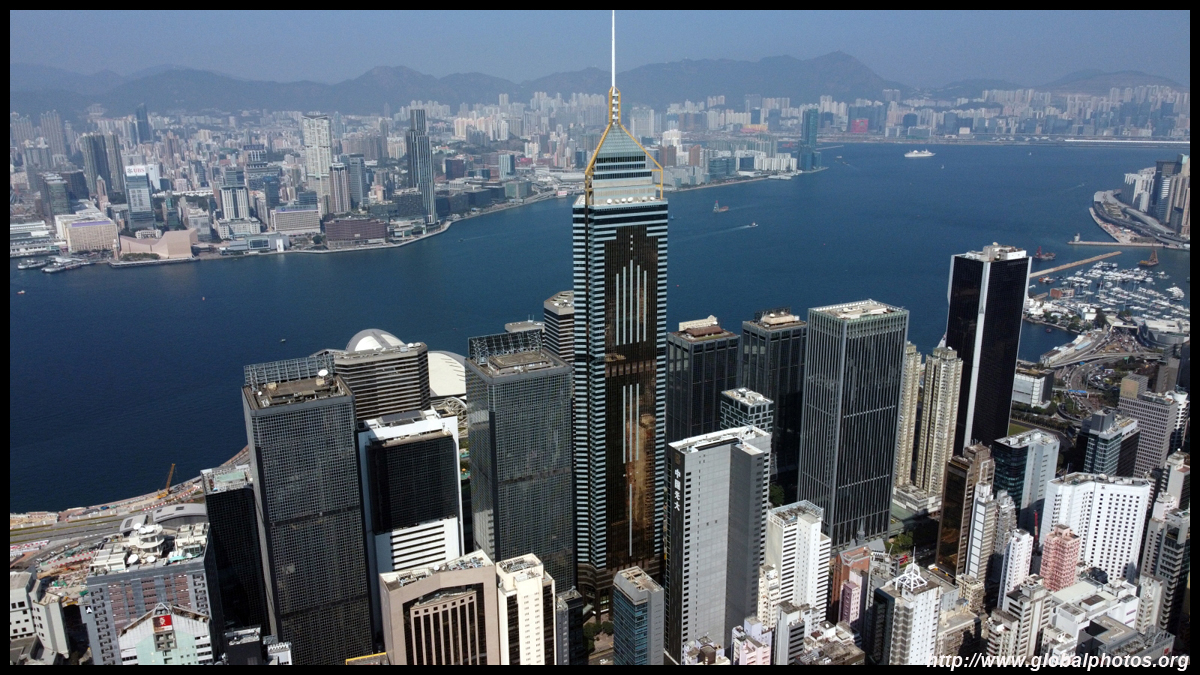
7. Just half an hour by bus from the train station, Clearwater Bay is a popular beach getaway with beautiful and clean tropical waters.
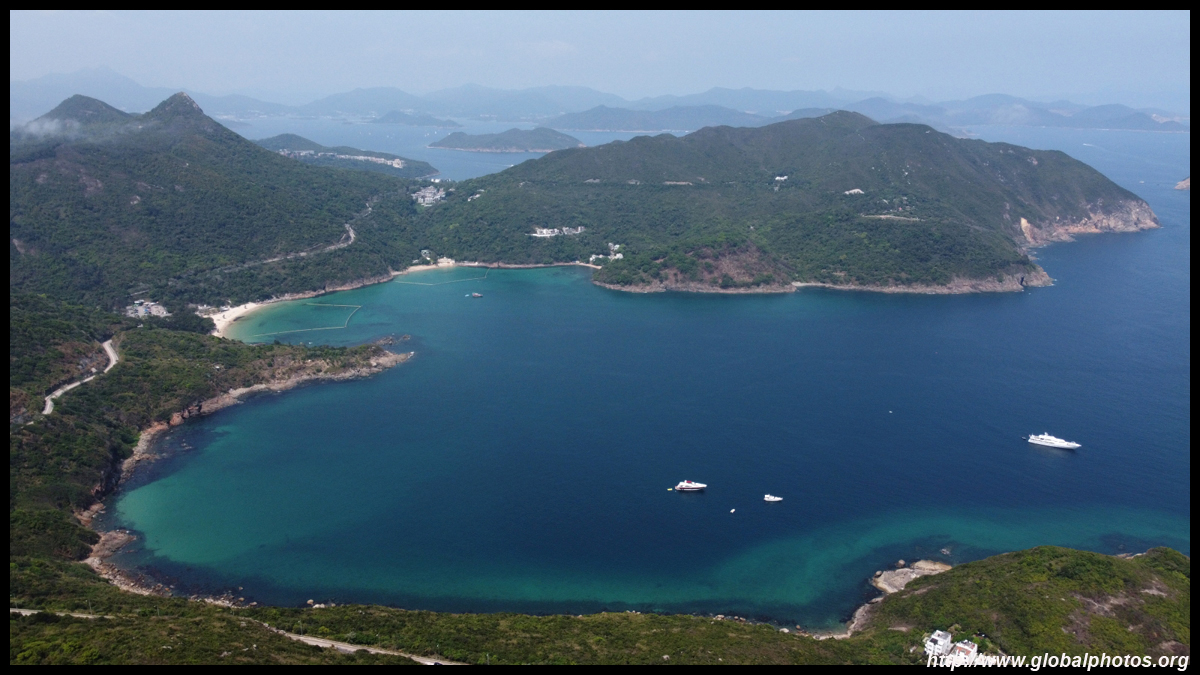


10. Behind the hills is the urban jungle.

11. Sai Kung district has many island getaways, hiking trails, and water sports opportunities. Greenery is everywhere and skyscrapers are not common.
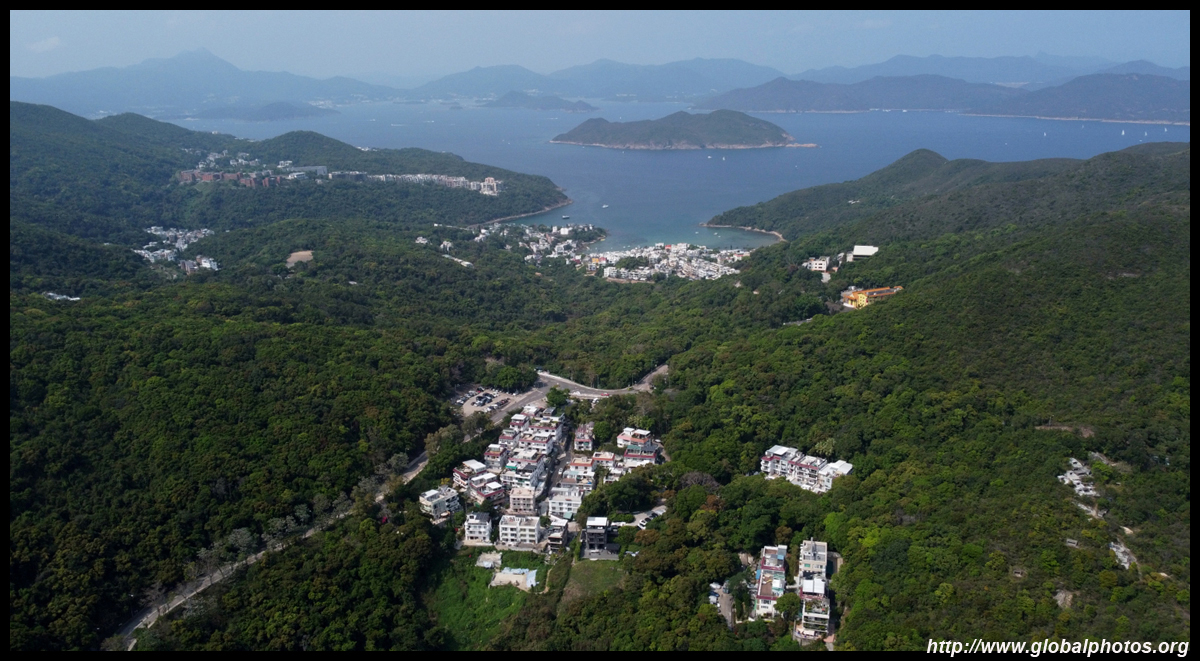
12. Hong Kong still has a sprinkle of fishing villages that have withstood the test of time. Po Toi O has 2 seafood restaurants and sits in a sheltered bay. Above it is a golf course for the elite.
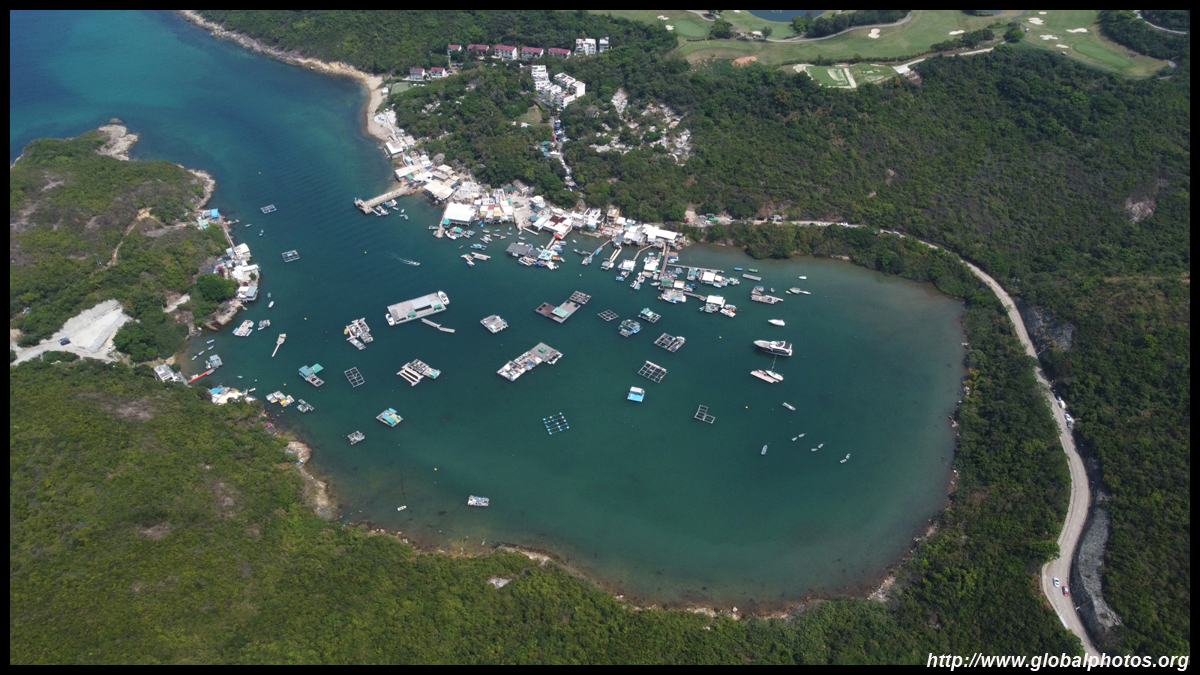
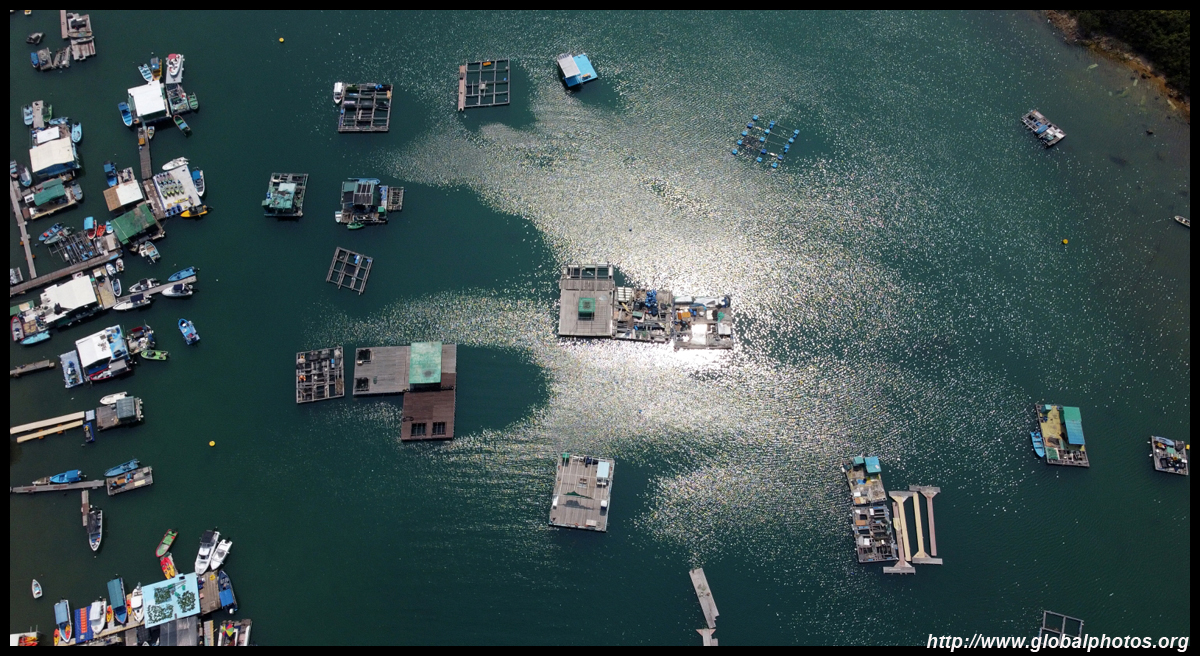


16. I'm not a big golf fan although the views out of here are quite stunning.
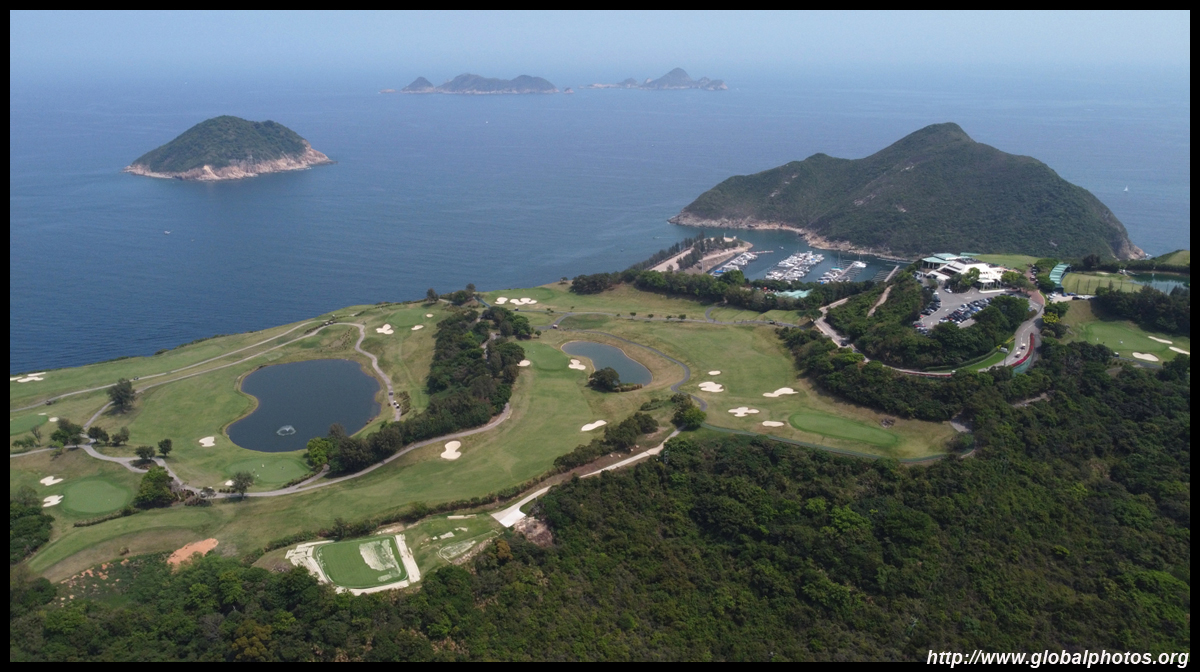
17. Sham Shui Po and Cheung Sha Wan are associated with older run-down residences, poverty, and industrial buildings. In the 1970s, the district was home to a vibrant garment industry, then once the factories moved to cheaper locations up north, an office district for exporters and merchandising companies. The waterfront has since been extended and luxury residences are now mixed with the otherwise industrial remnants.
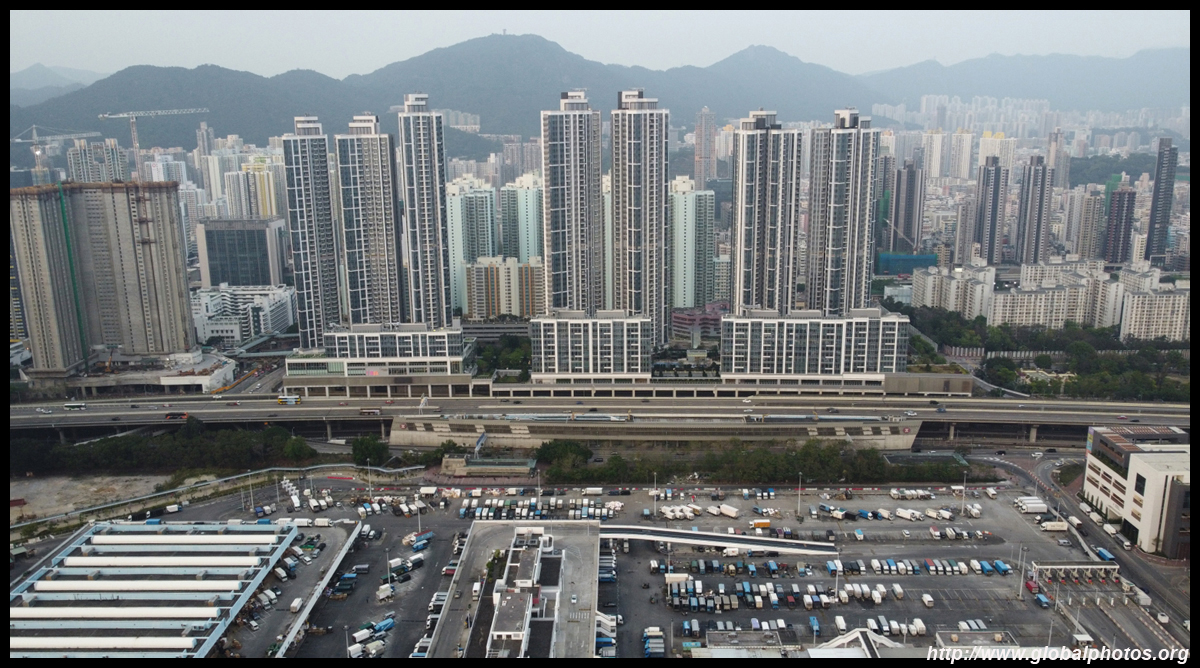
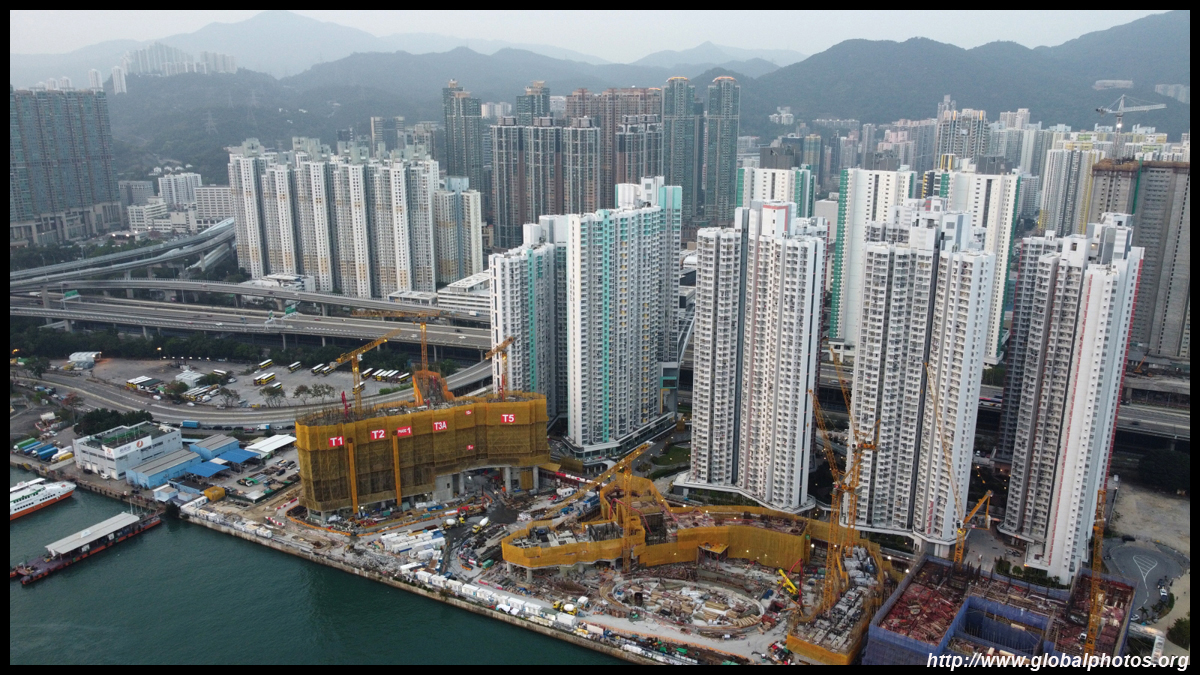
19. Tseung Kwan O is a more recent new town built around a bay in the eastern part of the city. It is wall-to-wall housing although the coastal buildings are somewhat shorter so not to block each other out.
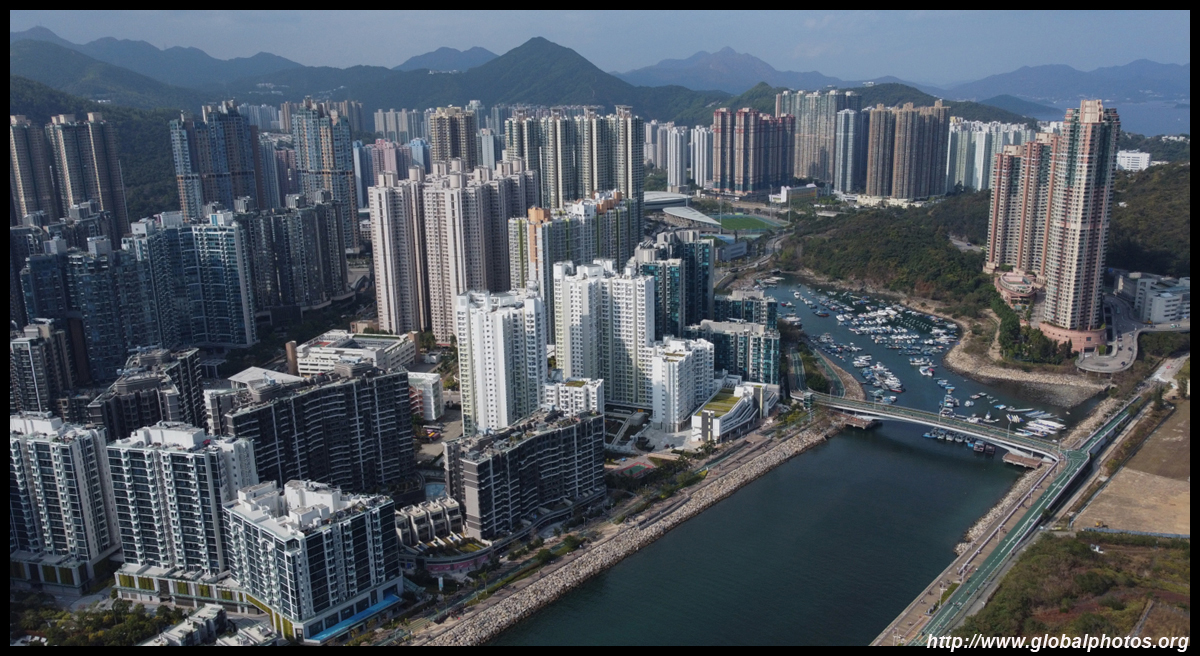
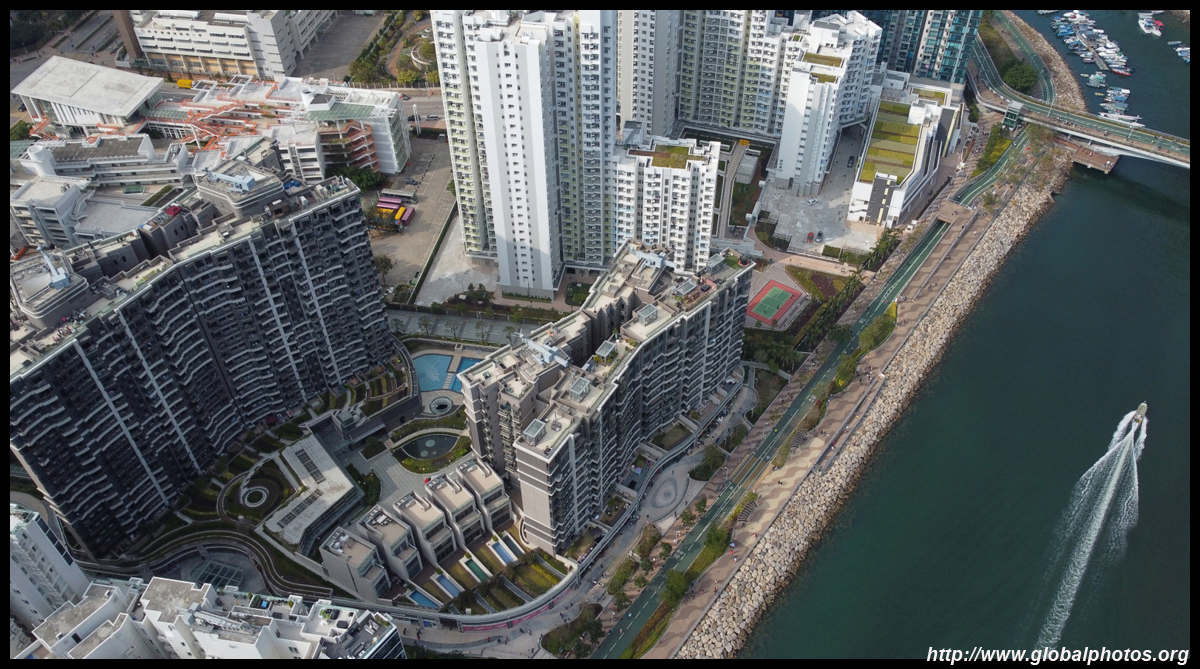
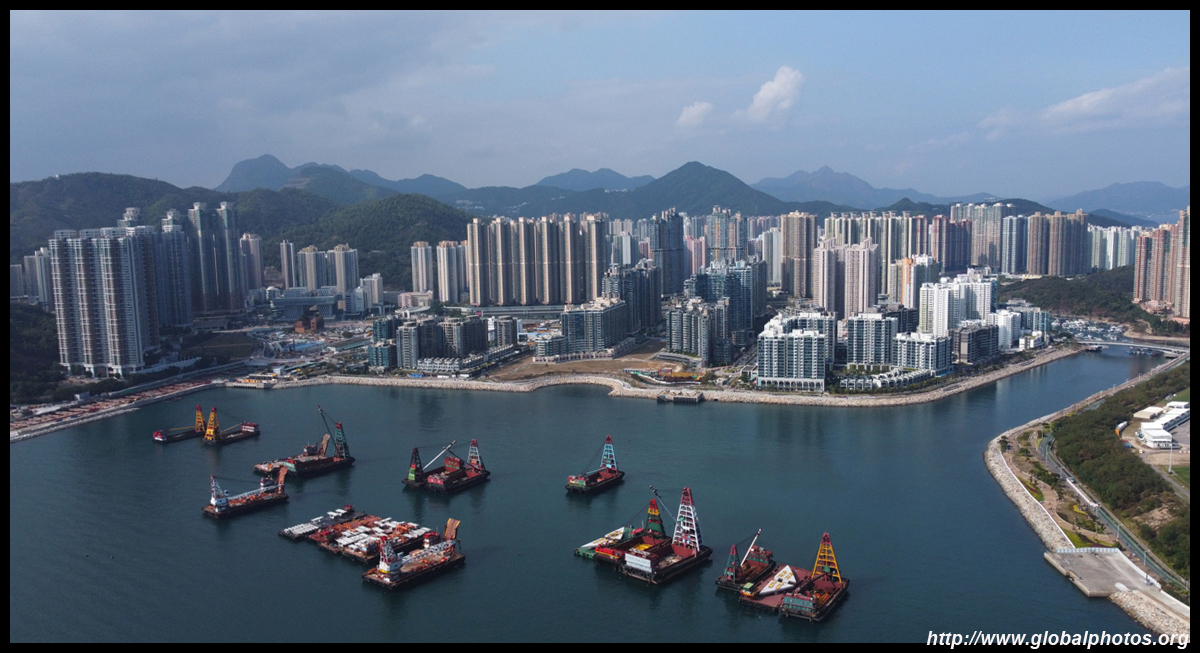
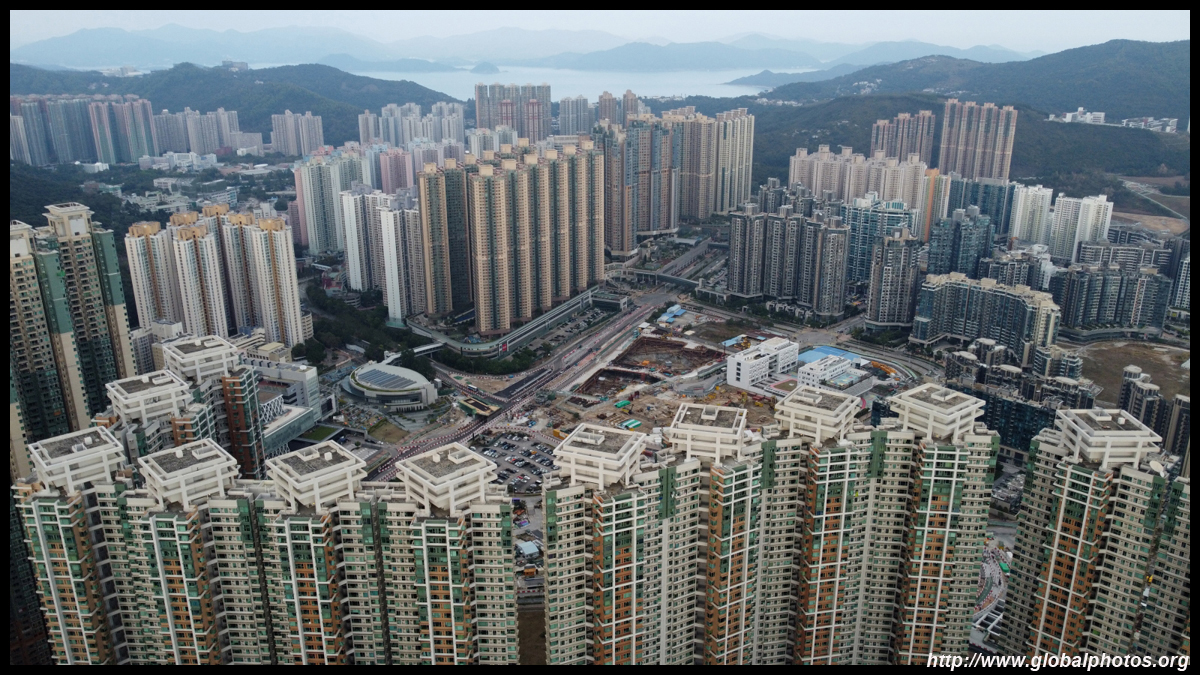

24. LOHAS Park is a giant development still under construction over 10 years since its first residents have moved in. While connected by the MTR with only 1 in several trains along the Tseung Kwan O line reaching the station, the development has been quite isolated with no major shopping mall of its own until 2020, and a regular stench blown from the nearby landfill plaguing residents.
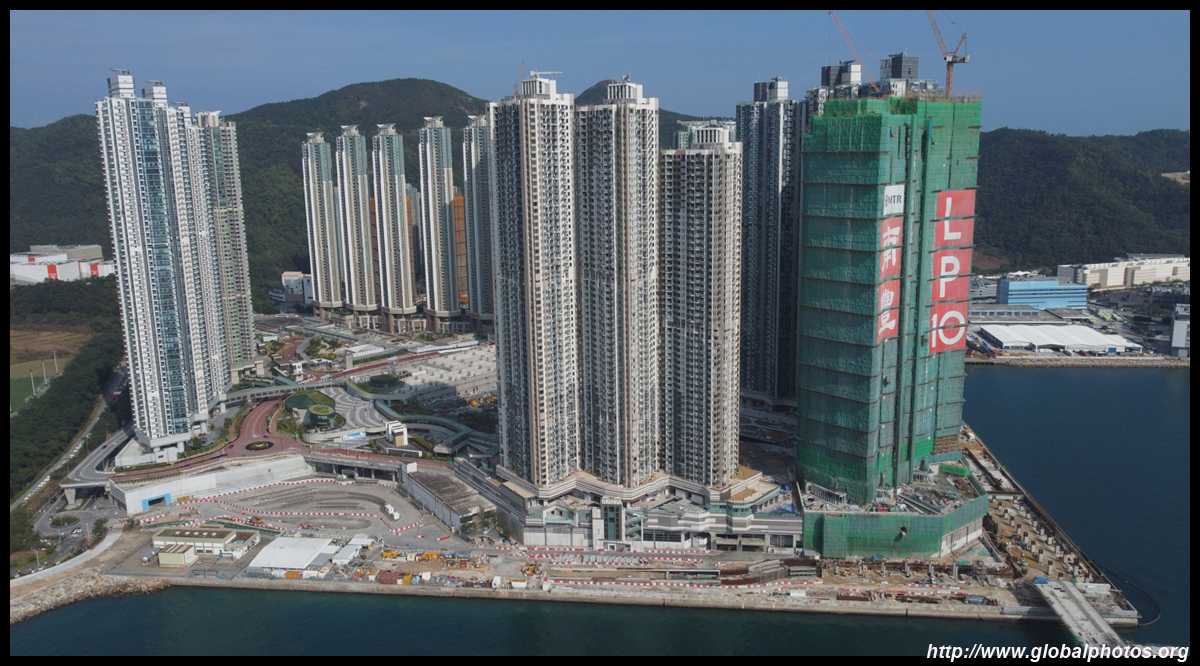
25. Located along Deep Bay, Lau Fau Shan is famous for its oysters, which have been harvested here for 700 years. In fact, the cultivated species is named after the city - Crassostrea hongkongensis. However, its heyday are long gone, as pollution and an aging workforce have taken a toll. The water quality has improved in recent years, but it will take a much longer time to rebuild the Lau Fau Shan oyster's reputation.
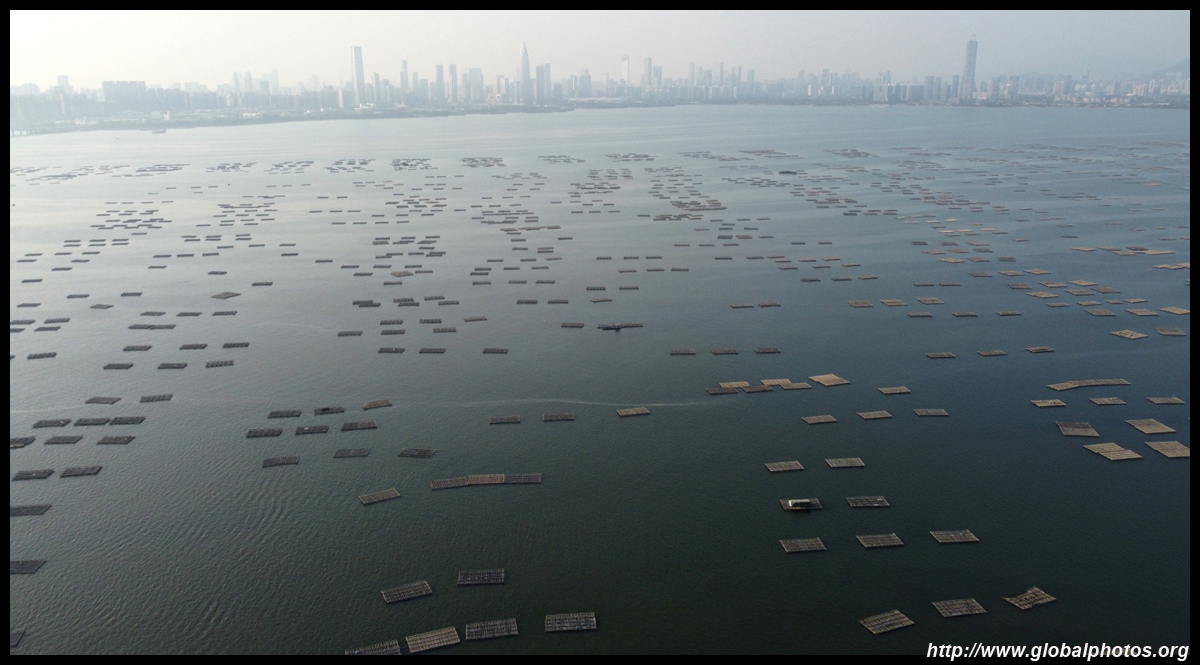
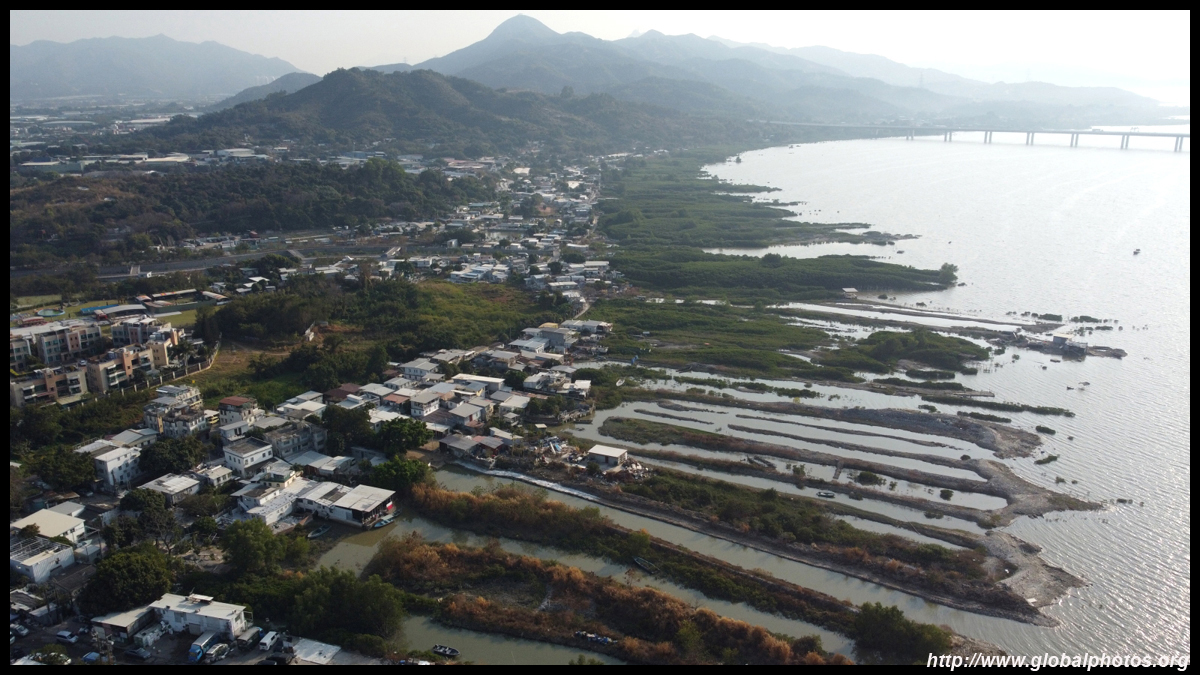

28. A small piece of artificial turf now allows visitors to more comfortably photograph the sunset against the bridge crossing to Shenzhen.
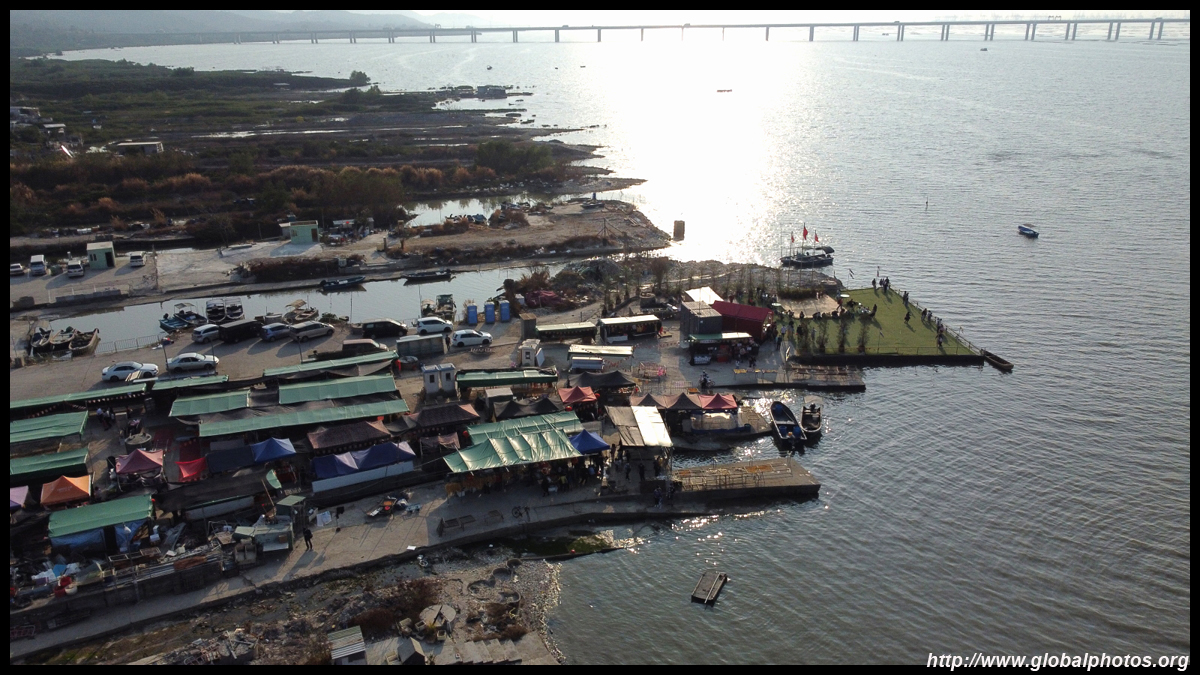
29. The village has a long pedestrian market street beneath these buildings with lots of dried and fresh seafood for sale.

30. Many public housing estates line along Kowloon East's hillsides. Interestingly, a good number of them command harbour views and these uphill streets are quiet and more serene. The downside is access as residents need to take multiple elevators or escalators from estate to estate or connect via bus or minibus down to the train stations.

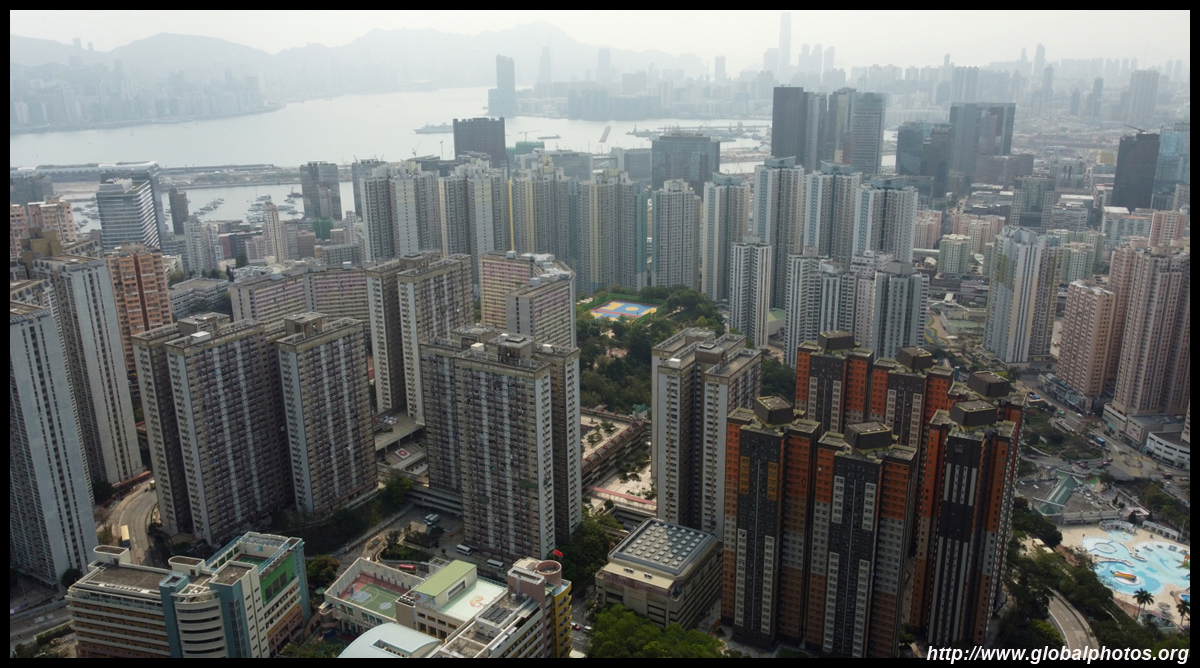
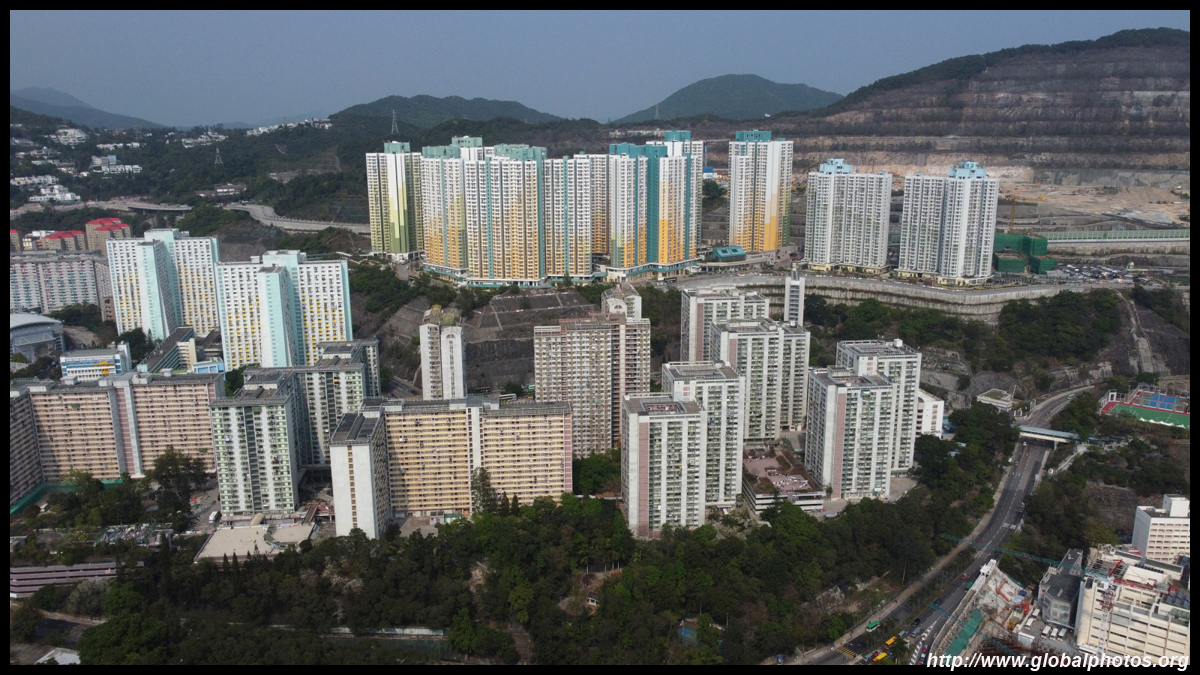
More photos on my website : https://www.globalphotos.org/hk-droneflight.htm
|



